Brussels sprouts are in the vegetable family of broccoli, cabbage and cauliflower, namely the Brassicaceae family. They have a high and non- branching plant with large, fragile and elongated leaves. The buds reach 5 cm in diameter. The number of sprouts in one plant can reach 90. They are fragile and delicate, with an excellent taste.
It is an older vegetables grown longer than a century in America and in Europe several centuries. Brussels sprouts began to be cultivated for the first time in Italy during the Roman era, and in 1200 in Belgium. The sprouts are cultivated in large quantities in Belgium (hence the name "Brussels sprouts") since 1587
With the development of the frozen food industry, the production of sprouts increased to its highest level in 20 years.
Composition of Brussels sprouts
In its biological composition, it takes among the first places in foods of vegetable origin. It contains an average of 152 to 247 mg of vitamin C, which is very stable and does not break down. Brussels sprouts contain vitamins B2, PP, carotene, potassium, sodium, carbohydrates, essential oils, organic acids, proteins and dyes. It is rich in iron.
Growing sprouts
Brussels sprouts are planted in nurseries in late winter, from January to May and spend the first 50-60 days of their life in them. During this time, the soil is prepared for planting by plowing and other such processes. The soil is also fertilized and dusted with lime to raise the pH levels and to prevent disease in the roots of plants.
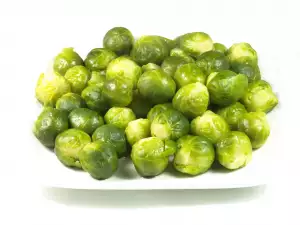
Brussels sprouts require regular weeding and should be watered every 3-4 weeks during the growing season. It is also sprayed with pesticides to prevent infestations by various pests.
50-60 days before harvest, the end buds of Brussels sprouts are removed to prevent the growth of their height and allowing their energy to focus on the development of Brussels sprouts. When sprouts spiral around the stem, they are themselves heads of cabbage, numbering from 80 to 100 in one plant. It grows from 2.5 to 3.5 feet tall.
After harvesting, the smaller cabbage heads that are up to 1.25 inches in diameter, are sent to processors for freezing and larger ones are cooled, packaged and available for fresh sale.
Types of sprouts
There are several hybrid sprouts. Some varieties originally developed by Jade Cross have very good features, but are rather bitter in taste. Modern varieties have better flavor, and some are almost sweet.
The first variety of the season is called Oliver. This variety matures very quickly, allowing you to start collecting about 90 days after transplanting. Cabbage heads grow from the bottom of the plant up and pick 4 to 5 times a day for 8-10 weeks. Oliver is a variety with a deep green color, it is thicker than the later varieties and has a very mild taste. This variety comes from late June to early October.
After Oliver, follows a cabbage variety, collected by machine. These varieties are harvested 130 to 150 days after planting them. They are a little darker green in color with dense foliage. This kind of sprout is harvested in October and November. At the end of the season, Genius and Rampart are picked. They mature 180-195 days from the date of planting them, and are harvested in December and January.
Selecting and storing Brussels sprouts
Brussels sprouts have a very delicate taste, especially when young. He knows the green leaves, which must be tight and hard. Stumps should be pale in color and should not be dry. It is good to choose the same size, so it can be cooked simultaneously.
Brussels sprouts are stored in the refrigerator up to 4-5 days. It should be placed in a paper bag to keep from drying out. By the time of use, small ones should behave their stem well-protected. It can also be frozen, by simply being washed, cut and placed in a suitable bag in the freezer.
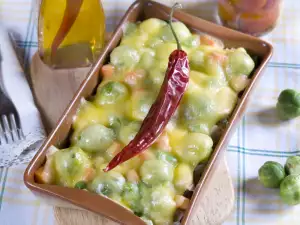
Cooking Brussels sprouts
Before cooking, remove any yellowed and withered leaves. Then, using a small sharp knife, make incisions in the shape of an "X" in the back, so the core of the cabbage can boil well. Brussels sprouts can be prepared by cooking in a microwave or steam.
The taste of Brussels sprouts is complemented by lemon juice and nutmeg. You can saute a few cloves of garlic and olive oil. Mustard and dill are also very appropriate. Use in soups and stews, and roasted chestnuts. It can be made with melted butter, a little parsley, lemon and salt to taste.
Brussels sprouts should not be boiled in cooking. Treatment should not be longer than 7-10 minutes. It is believed that once its bright green color is lost, they have lost their valuable qualities.
Benefits of Brussels sprouts
Brussels sprouts are a good source of many essential vitamins, fiber and folate, as well as rich in vitamin C. Brussels sprouts, along with its cruciferous cousins, has been proved to be very useful against certain types of cancer diseases because they contain many different ingredients that may affect the prevention of disease.
Brussels sprouts and other cruciferous vegetables disarm the causing of cancer chemicals while enhancing the enzymes that protect our body from poisoning.
Other studies have shown that Brussels sprouts protect against bladder cancer. The properties of the Brussels sprout to bladder cancer comes from high levels of izotocianites, which are potent anti-carcinogens.
Many people say they do not like to eat Brussels sprouts. If you are not a fan of this incredible food, try to cut it into small pieces and scatter over salad.
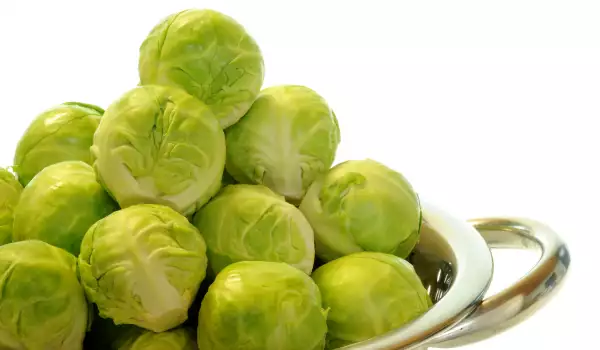
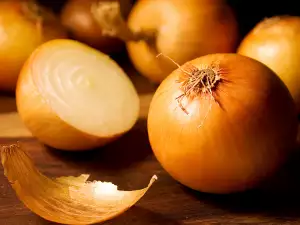
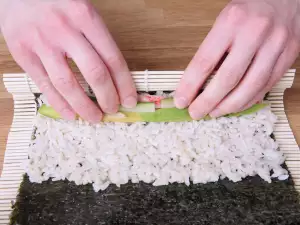
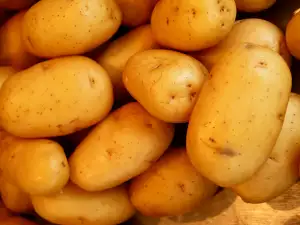
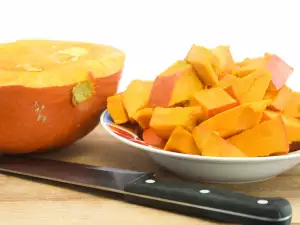

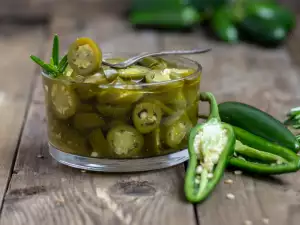


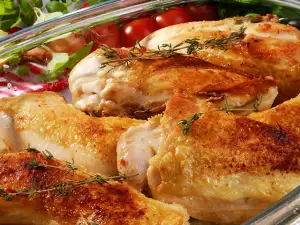

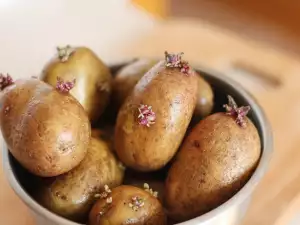
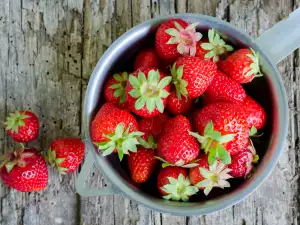
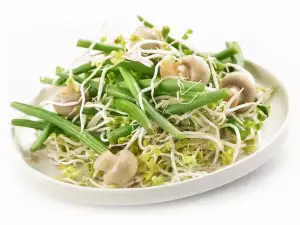
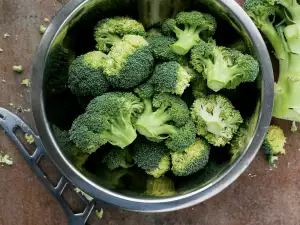





Comments